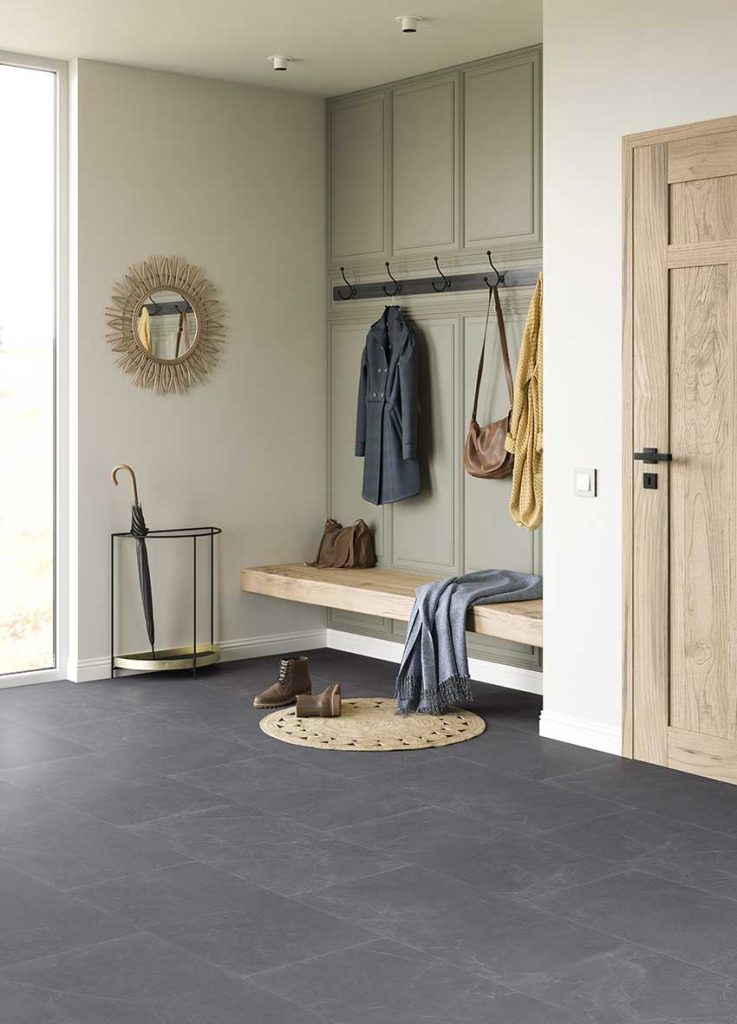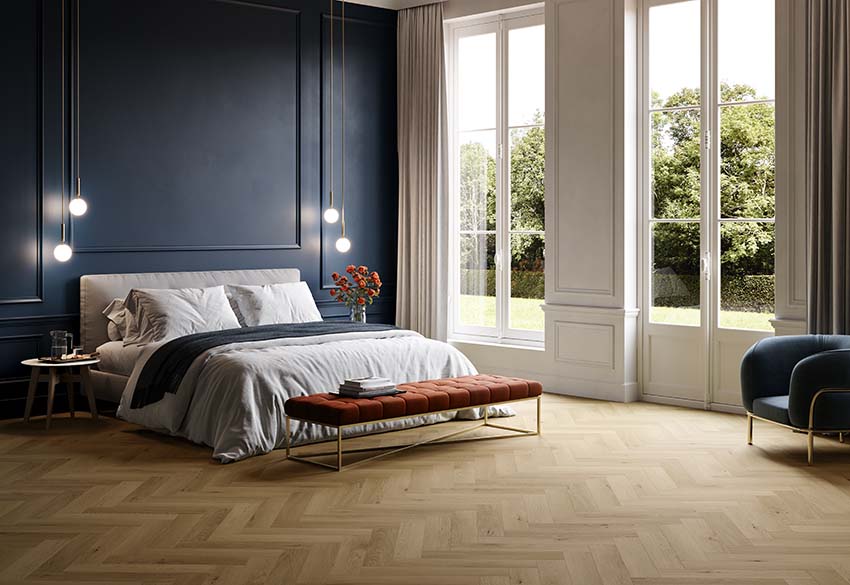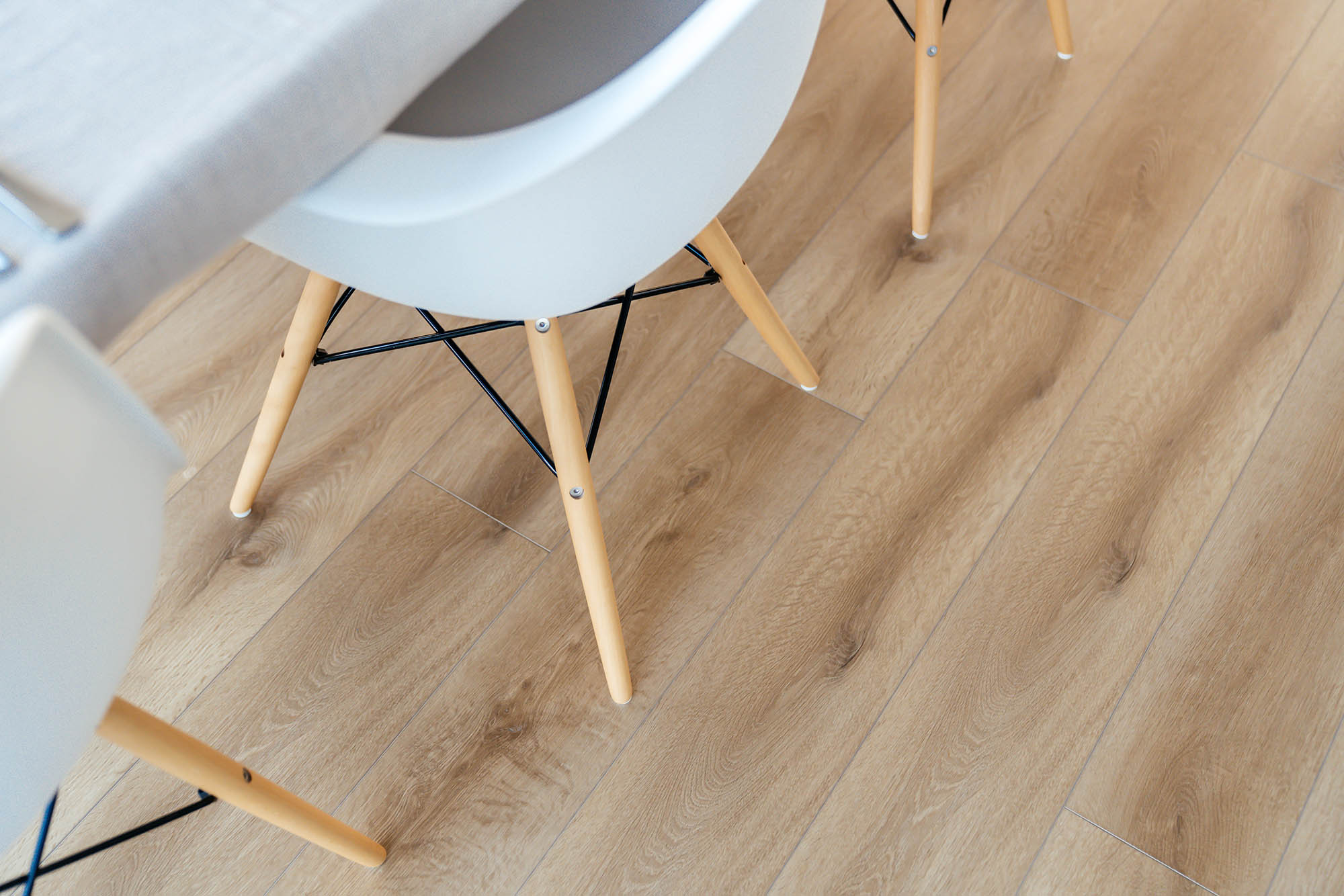Lamett is a producer and distributor of wooden floors and Parquetvinyl. In less than 15 years the company has grown into one of the most important players in the flooring sector in Europe and far beyond.
Parquet is a very noble and durable product with an unsurpassed appearance; a real mood enhancer in your interior. From the choice of collection to the maintenance of your wooden floor, with Lamett you have a real partner in the house. Rustic or modern floors, oil or lacquer, a click system or a classic tongue and groove. They have it all.
At the end of 2017, Lamett launched Parquetvinyl, a luxury vinyl floor (SPC floor) based on limestone that combines the splendor of wood with the convenience of vinyl. Hardly distinguishable from a real wooden floor in terms of appearance, Parquetvinyl is extremely versatile. This floor is stable and waterproof and therefore suitable for every room, including kitchens and bathrooms. Moreover, thanks to its click system it can be easily installed on top of most existing hard floors and this with only basic tools.
Interview with Joyce Verfaillie, Marketing Manager at Lamett.
Easy Engineering: What are the main areas of activity of the company?
Joyce Verfaillie: The main activity is to sell the floors to distributors all over Europe. Lamett assists its customers with any questions and provides them with all the necessary marketing material to sell the floors to the end consumer.

E.E: What’s the news about new products?
J.V: The newest product that have been launched is Nakuru. Nakuru is the quietest floating vinyl floor on the market, with no additional subfloor required. These innovative vinyl planks are made up of 7 layers of different materials that each block out different sound frequencies. The integrated orange subfloor, a characteristic feature of all Parquetvinyl collections, helps making installation easy. The hard numbers speak for themselves: Nakuru reduces noise transmission by 21 dB ΔLw and 10 dB ΔLlin. It therefore easily meets the most stringent acoustic standards that apply to the project market in the Netherlands, and therefore the European standard too.
E.E: What are the ranges of products?
J.V: Wooden flooring (parquet floors) and Parquetvinyl floors.
E.E: At what stage is the market where you are currently active?
J.V: Flooring business is a very competitive market and in permanent change. While the scarcity of wood has a major impact on the development of the market and its prices, the innovations in spc are hard to keep up with. The flooring business is more exciting than ever.

E.E: What can you tell us about market trends?
J.V: Big, bigger, biggest
The demand for long and wide boards is still alive. Long boards are certainly popular in modern residential construction. They make a room look bigger because there are fewer visible joints.
Revival of the herringbone
Herringbone pattern has its origins in the 1960s and 1970s, but everyone in the interior design sector has noticed how we are experiencing a real revival.
Authentic look-and-feel
With parquet, you bring a piece of nature into your home, but new technologies make Parquetvinyl increasingly realistic. With today’s possibilities, they can hardly be distinguished from real wood. The floor should not only look like wood, it should also feel like wood.

Acoustic performance
We are living increasingly closer together, and the construction of apartment blocks seems never ending. This makes our lives more and more hectic, making us yearn for some peace and quiet or just to do our own thing at home. And that’s what the Nakuru collection by Parquetvinyl seeks to achieve: a floor that allows you to live life to the full without disturbing housemates or neighbors.
Nakuru is the quietest floating vinyl floor on the market, with no additional subfloor required.
E.E: What are the most innovative products marketed?
J.V: The Nakuru collection.

E.E: What estimations do you have for 2022?
J.V: Post covid and with the painful situation in Ukraine, we had to face great challenges in terms of logistic costs (huge container prices) and availability of raw materials. In spite of everything, consumer demand remained very high. Now we are gradually noticing a cooling down of the market. We expect more stability and conditions which are close to normal again.


